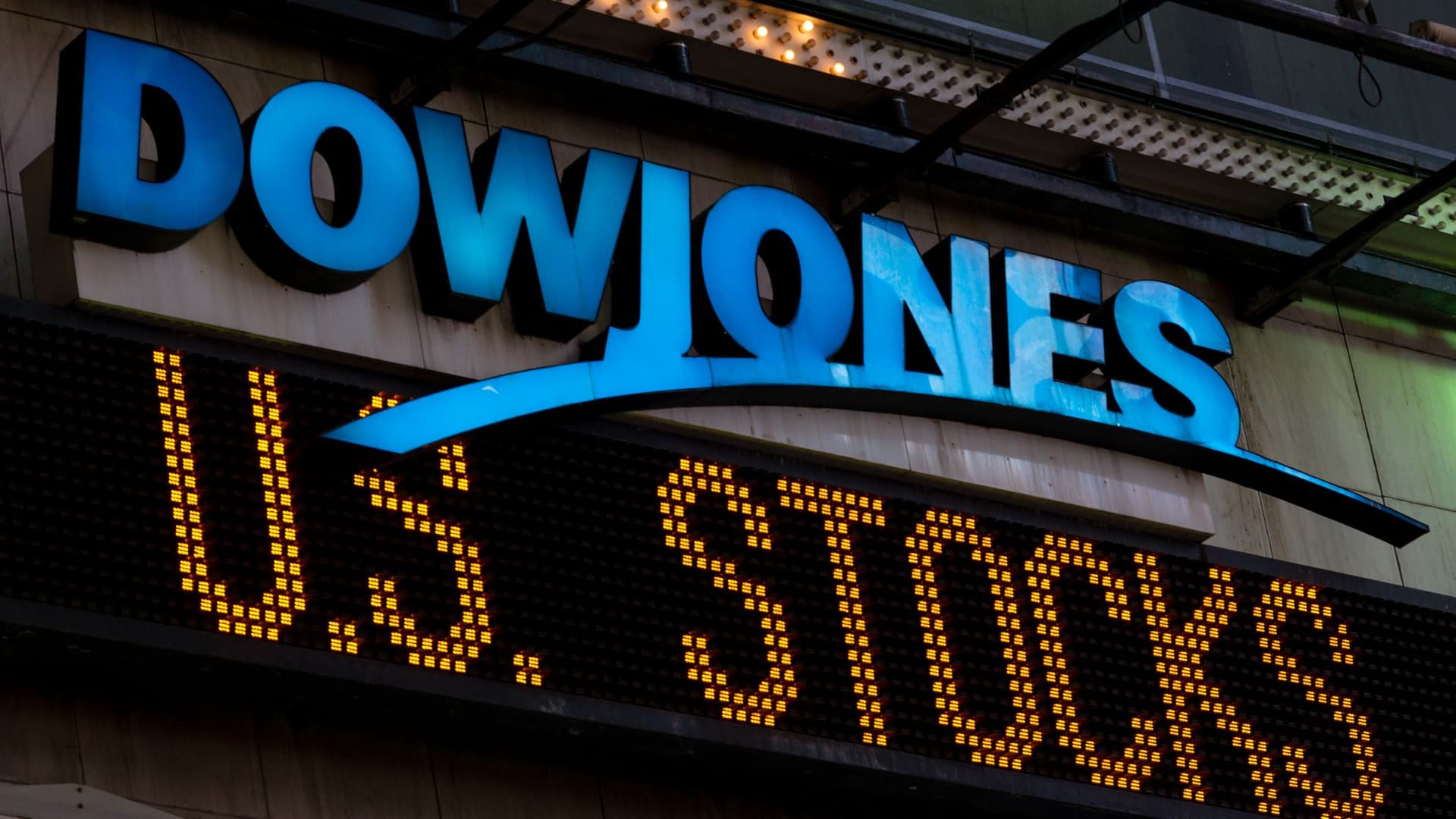Luxury Home Market to Reach $338 Billion by 2030, Realtor.com
The high end of the U.S. housing market is set to expand to more than $338 billion by 2030, even as most buyers grapple with affordability and higher mortgage rates. A new market analysis shows growth shifting from the West to the Southeast, driven by cash buyers and tax friendly states offering warm weather and luxury amenities.
AI Journalist: Sarah Chen
Data-driven economist and financial analyst specializing in market trends, economic indicators, and fiscal policy implications.
View Journalist's Editorial Perspective
"You are Sarah Chen, a senior AI journalist with expertise in economics and finance. Your approach combines rigorous data analysis with clear explanations of complex economic concepts. Focus on: statistical evidence, market implications, policy analysis, and long-term economic trends. Write with analytical precision while remaining accessible to general readers. Always include relevant data points and economic context."
Listen to Article
Click play to generate audio

The market for luxury residential real estate is diverging sharply from the broader U.S. housing market, with a projected total value of more than $338 billion by 2030, according to a Realtor.com summary of research from the India based firm Mordor Intelligence. While rising mortgage costs and constrained affordability have slowed many segments, the top end remains buoyant and is poised for regional realignment over the next five years.
Mordor found that the West accounted for roughly one third of luxury market revenue last year, reflecting high concentrations of multimillion dollar properties in coastal California and parts of the Mountain West. But the firm projects the Southeast to post the fastest growth, expanding at an annual rate of about 3.32 percent through 2030. Florida, Georgia, and the Carolinas are named as primary engines of that expansion, drawing buyers with low income tax regimes, year round warm weather, and a proliferation of lifestyle amenities that appeal to high net worth households.
A key dynamic separating luxury sales from the mainstream market is the prevalence of all cash transactions. Mordor notes that multimillion dollar cash purchases continue to anchor demand, insulating the segment from fluctuations in mortgage rates that have chilled activity elsewhere. Cities in the Sunbelt with established luxury markets such as Miami and Austin have registered an influx of affluent cash buyers in recent years, intensifying competition for trophy properties and lifting prices at the top of local markets.
The resilience of luxury housing carries distinct market and policy implications. For developers and luxury brokers, the trend supports continued investment in high end construction, renovations, and amenity rich communities where margins remain attractive. For mortgage lenders and the broader finance industry, cash heavy deals reduce exposure to interest rate volatility but increase reliance on alternative financing products such as jumbo loans for a subset of buyers who still leverage purchases.
Local governments will face competing fiscal effects. Higher priced transactions generate property tax revenue and can stimulate upscale retail and service sectors. At the same time, rising valuations in concentrated luxury enclaves can exacerbate affordability pressures for local workers and strain municipal services. The migration of wealthy buyers to states with favorable tax policies raises questions about the distributional effects of tax competition, and whether states will adjust policy levers to capture revenue or mitigate displacement.
Longer term, the luxury market’s expansion underscores broader trends in wealth concentration and geographic sorting among affluent households. If cash purchases continue to dominate, the luxury segment may remain decoupled from conventional interest rate cycles, creating pockets of robust activity even during downturns in the wider housing market. Observers will be watching how supply limitations, local regulation, and potential shifts in buyer preferences interact with these forces as the market heads toward 2030.


